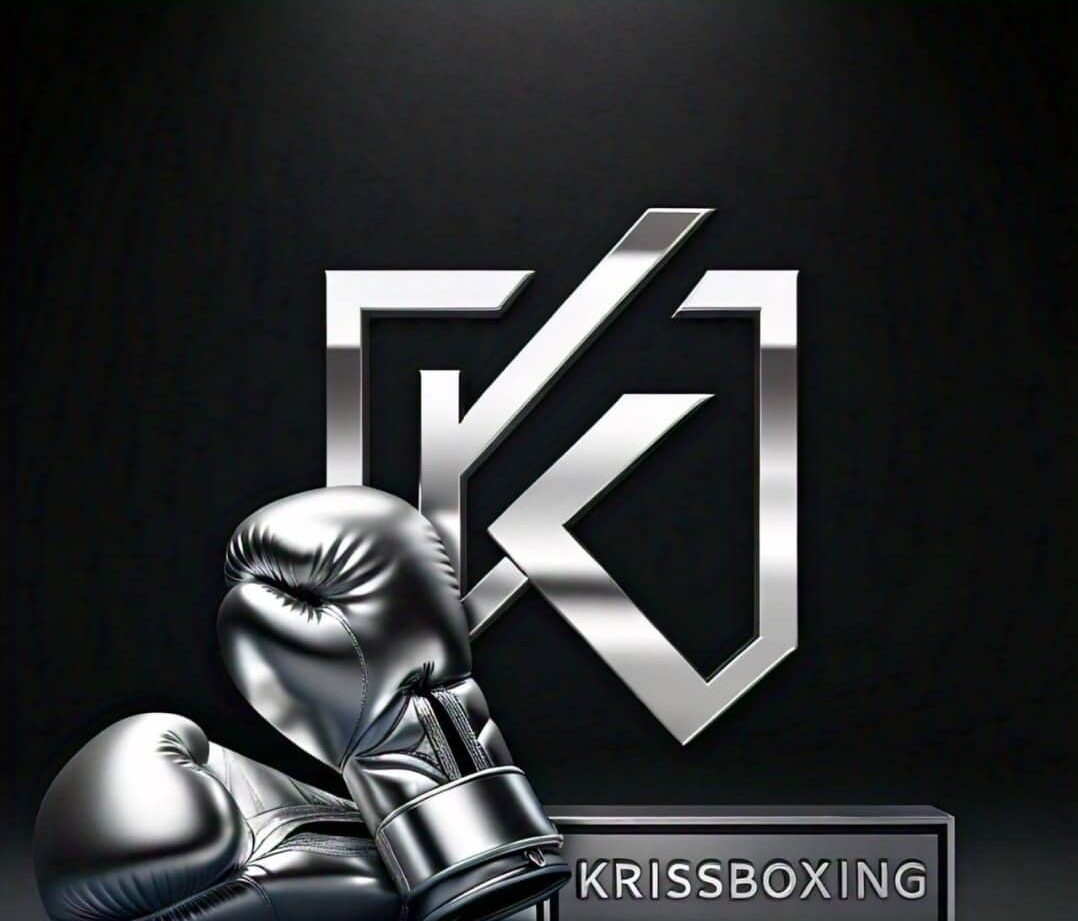Boxing being an art of combat, it does have a renowned slogan that has been popular for decades which is “skills pay bills,” but in essence, a fighter’s mental superiority which is often referred to as the Boxing IQ determines the outcome of the contest.
Boxing IQ is a measure of the intelligence of a fighter, or his or her ability to reason when in the ring.
This includes fast decision-making as well as being able to read the signals an opponent puts across in a game and counter them.
Making you a smarter and a more dangerous fighter is the simplest way of putting it but let’s try and be a little more expansive about it.
Here, are the five drills that will expand your Boxing IQ and provide you the instant results inside the ring. What these drills seek to achieve includes; decision making, reaction time, foot movement, and the general fight IQ.
What are the five fundamental skills in boxing?
The five basic elements of boxing include simple stances and strikes. The footwork entails going forward, back, side to side and circular hence making it possible for the boxer to have the right distance and position to launch an attack or to guard oneself against an attack.
The foundation of emanating a punch is called the core punches commonly consisting of the Jab, Hook, Cross, and Uppercut that are set as basic attacks of a Boxer.
Top 5 Boxing IQ Drills for Immediate Results
Shadowboxing with Intent
Shadowboxing is considered to be one of the most fundamental yet the most effective exercises in enhancing the Boxing IQ. But, sadly, many boxers use it simply as a warm-up exercise or a means to improve their conditioning level.
To enhance your fight intelligence, shadowboxing should be done for movement, positions as well as counterattacks.
How to Perform:
- To introduce structure into shadowboxing, each round should therefore come with a specific focus such as head movement, countering, or closing space.
- Try to think about the real opponent in front of you. Visualize what they want to do to you, then respond where you want them to be.
- More emphasis on how to maintain balance without throwing imaginary punches on the feet.
- Switch between attack and defense and tackle certain moves for instance slipping a jab and responding with a hook.
- Why It Works:
Shadowboxing with intent not only imitates realistic fight scenarios but also different outcomes. It makes you use your brain and try to guess your opponent’s move and thus improves your strategic sense, timing, and positioning. This in turn enhances your chances of response during the fight.
Partner Feint Drills
This technique is called feinting and is one of the most effective techniques used in boxing as it enables the boxer to lure his/her opponent to throw the punch when he/she is not ready hence creating an avenue to counter the punch.
If you want to enhance your feinting as well as your opponent’s response identification abilities, then partner feinting drills will assist you.
How to Perform:
- For this activity, you are required to team up with another boxer.
- Perform feints and as you do this switch with your partner in the role of performing the feints.
- While feinting use a large movement to make the partner react then you throw an actual punch.
- Being the defender, ensure that you observe your partner and do not get easily provoked to respond.
- Alternating turns every one or sixty seconds or when doing feints of a certain number.
Why It Works:
The partner feint drills do not only get you ready for selling a fake but also make you spot your opponent’s movement. These drills instruct you to remain chilled when the heat is on, avoid making hasty choices, and respond adequately to your rival’s fake attacks.
Indeed, in a real fight, this skill can make a lot of difference since you can pull out a trap and take advantage of the mistake made by the opponent.
Footwork and Ring Awareness Drill
Adherence to good footwork is another component of excellent Boxing IQ. It is not only about how fast but also about where one ought to be in the ring and at what time. This particular drill is useful in making fighters more conscious of their positions and how they can move around more effectively.
How to Perform:
- Put cones or markers in different suggested positions at the ring.
- Amble around the ring in nice circles and change direction with the intention of practicing certain footwork patterns, for instance, turning, moving side by side, and ‘crossing’ the ring.
- Crucial locations, that should be avoided during the fight should be marked with imaginary ‘danger zones.’ This makes you constantly aware of your positioning which is important for any situation which you are in.
- Add the footwork with the head movement, and defensive moves to mimic the actions of avoiding an opponent.
Why It Works:
This drill increases your awareness of the space around you, helping you control the ring more effectively.
In a fight, knowing when to retreat, when to press forward, and how to maintain the location is important, moreover right distance is mandatory for both sides – offense and defense.
By mastering it you’ll be able to control when and where you start the fight and thus ultimately frustrate your opponent.
Reaction Timing Drills
Some moments require immediate defense and quick attacks all of which are achievable with the right reactions. A fighter with good Boxing IQ has to be able to respond as soon as an opponent makes a movement and should not lose his form.
Reaction timing drills involve repeating some particular actions with the purpose of adjusting timing to make a decision instantly.
How to Perform:
- This helps a coach or a partner to call out different combinations, or defensive moves namely slips, blocks, or rolls at random. Answer as soon as you can.
- However, you may want to try this drill with a tennis ball instead of a basketball. Your partner has to intentionally let the ball go and your job is to get to that ball before the ball touches the floor.
- Another one may include applying a move with a double-end bag where the trainee has to slip or block its movements depending on its unpredictable bounce.
Why It Works:
It may as well sound a bit cruel, but such drills are designed to help train your brain to think faster and override or delay any hesitation.
This improved reaction shall assist one to duck punches better and also open the creation of counter punches making one a sharp fighter.
Sparring with Limitations
The basic purpose of sparring is to enhance your Boxing IQ, but you can make it more effective by applying certain constraints.
For instance, when one restricts himself/herself to using only a specific type of punch or movement he/she has to brainstorm thus coming up with better strategies.
How to Perform:
- Throw punches and try to avoid or forget all other techniques and only use jabs or straight punches or only body shots.
- You can also confine the area of the sparning, thus engaging yourself to fight with your back to the ropes or in the corner.
- You can also try mock fights where your target is only to dodge the opponent or simply block the blows that are being thrown at you.
Why It Works:
These limitations, when set, make you design ways of going around and come up with some kind of remedy when stuck. It also hones your problem-solving skills inside the ring so if there are strategies that were learned during simulations, or actual sparring, those are applied to real matches.
Frequently Asked Questions
What are the no-nos in boxing?
Like in all other sports, the intake of anabolic steroids and performance-enhancing drugs (PEDs) is prohibited in boxing by all the leading boxing governing bodies. As steroids, growth hormones, and stimulants are prohibited to prevent athletes from gaining an unfair advantage over opponents and to reduce risks to fighters’ health.
What does the term 1234 mean in boxing?
In boxing, the set of numbers “1234” represents standard punches in the ring. Each number represents a specific punch: Edit: One is jab the second is the cross, the third is the lead hook and the last is the right uppercut. It is a common combination that boxers practice when doing their core workout to develop their offense.
what is the aim of boxing?
Boxing is a type of martial-art contact sport in which two contestants thrust their fists towards each other. There has been the downside of ‘knock out’ to entice the viewers but the best can also be determined based on the number of points that a fighter scores during the fight, unlike in the past. Boxing is divided into two categories: amateur practitioners as well as the professionals
Conclusion
A smart fighter, which is often a wise fighter, is a fighter who wins a fight both on punches and ideas. The following drills should be practiced right from today to be on the right track of being on an upper hand in problem-solving in boxing.


